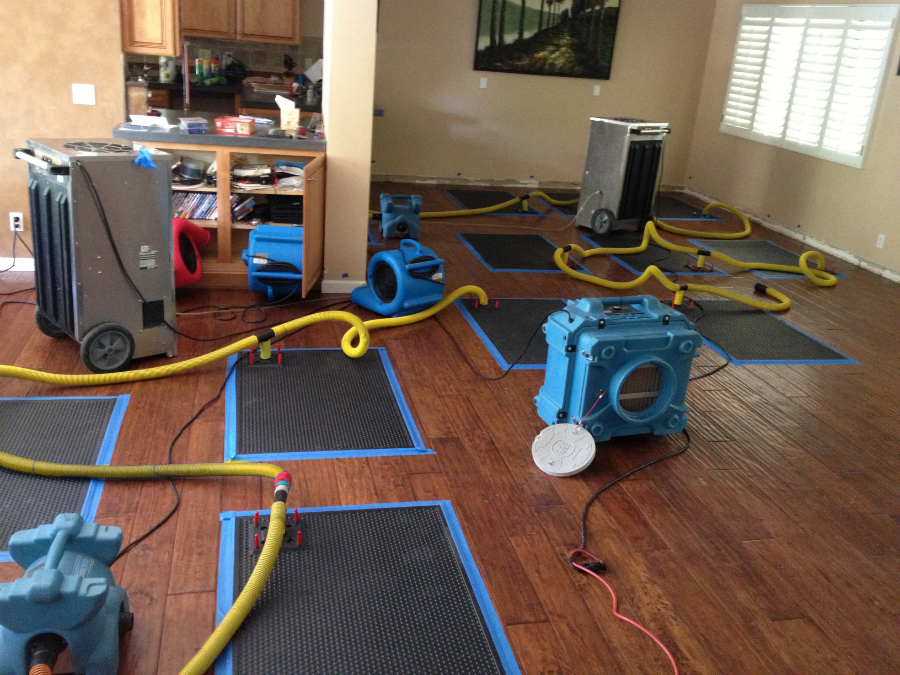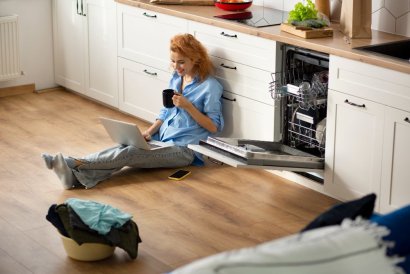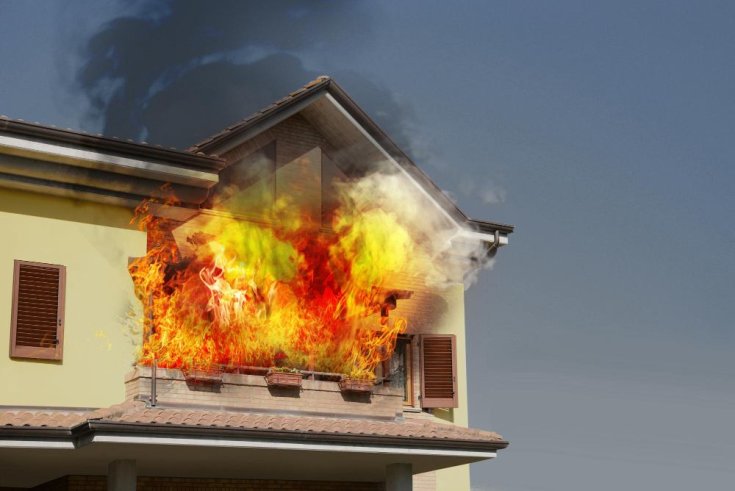404-900-3852
15-45 Minutes Response Time
404-900-3852
15-45 Minutes Response Time
Water damage can be a homeowner's nightmare, especially when it affects your beautiful hardwood floors. Whether the water intrusion is due to a burst pipe, flooding, or any other unforeseen event, it's crucial to act swiftly to prevent long-term damage. In this article, we will guide you through 8 essential steps for drying hardwood floors, ensuring a successful water damage cleanup and restoration process.


How To Prevent Water Damage from Leaking Appliances Water damage from leaking appliances can wreak…
 December 11,2023
December 11,2023

Precautionary Measures to Prevent a Fire on Your Home Home and business fires are awfully…
 December 06,2023
December 06,2023
Before you begin the water damage removal and restoration process, prioritize safety. Ensure the power source to the affected area is turned off to minimize electrical hazards. Also, be cautious of slippery surfaces and any structural damage that may have occurred.
To effectively dry your hardwood floors, you must first address the source of the water intrusion. If it's a burst pipe or plumbing issue, turn off the water supply to prevent further damage. If the water damage is caused by external factors like flooding, consult a professional or local authorities to address the problem at its source.
Use a wet vacuum or mop to remove excess water from the affected area. Ensure that you work from the center of the room towards the walls to prevent the water from spreading. Be diligent in this step, as removing as much water as possible is essential for successful water damage cleanup.
Improving air circulation is essential for drying hardwood floors. Open windows and doors to allow fresh air to flow into the affected area. This will help in the natural drying process and reduce the risk of mold growth.
To expedite the drying process, employ dehumidifiers and fans. Dehumidifiers will help extract moisture from the air, while fans will enhance air circulation. Position the fans strategically to ensure even drying and direct them towards the affected hardwood floor.
After a significant amount of water has been removed, it's essential to assess the moisture levels in the hardwood floor. Moisture meters are valuable tools for this purpose. Measure the moisture content at various locations on the floor. Continue the drying process until the moisture levels are within an acceptable range.
Drying hardwood floors can be a complex and time-consuming process. To ensure the best results and minimize the risk of long-term damage, it is advisable to consult a professional water damage restoration company. The experts at Tidal Wave Restoration have the equipment, knowledge, and experience to assess the extent of the damage, identify potential structural issues, and determine if any water damage removal or repair is necessary.
Depending on the severity of the water damage, you may need to sand and refinish your hardwood floors. This step is often required when the wood has become discolored, warped, or cupped due to prolonged exposure to moisture. Sanding and refinishing can restore the aesthetics and functionality of your hardwood floors, but it's a job best left to professionals who have the expertise and equipment to ensure a quality finish.
Water damage can be a devastating event, but with prompt and effective action, you can successfully dry and restore your hardwood floors. The 8 steps for drying hardwood floors outlined in this article, from addressing the source of the water intrusion to consulting a professional water damage restoration company, will help you mitigate the damage and prevent long-term issues such as mold growth and structural damage. Remember that the sooner you begin the water damage cleanup and restoration process, the better the chances of saving your hardwood floors and preserving your home's beauty and value.